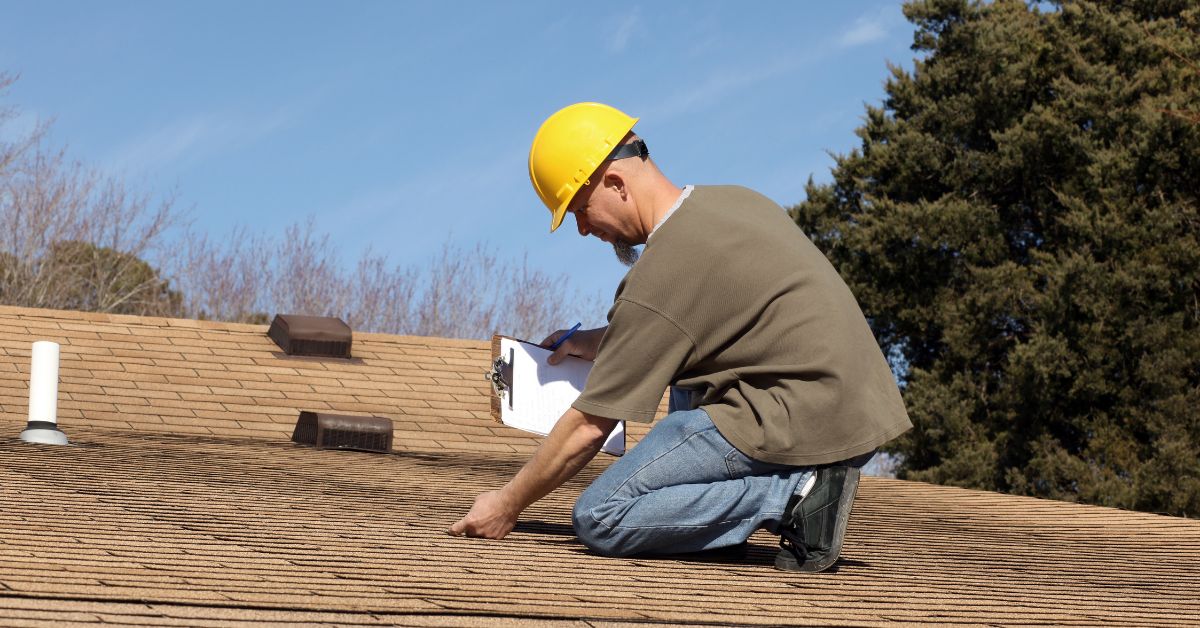As a homeowner, it’s important to keep up with regular maintenance on your home. One of the most essential components of maintaining a home is inspecting and caring for your roof.
To make sure that your roof is in good condition, you should inspect it at least twice a year—once in the spring and once in the fall.
But what does a roof inspection involve? Let’s break it down step-by-step.
A roof inspection should be conducted at least once a year by a professional roofer for problems like roof rebedding and repointing. Roof rebedding is the process of replacing or adding new roof rebedding material such as roofing felt, roof sealant, and roof tar.
Gather Supplies
Before you begin inspecting your roof, gathering all of your supplies would be the smart choice. Make sure that you have a sturdy ladder, protective gloves, binoculars, and a flashlight with extra batteries. You should also have some shingles lying around so that if you find any damage or missing shingles during the inspection process, you can replace them immediately.
Inspect from the Ground Up
Once you’re ready to start inspecting your roof, begin by looking at it from the ground up.
Use binoculars and/or a camera with zoom capabilities to get an up-close look at any potential issues and take detailed notes of everything that you see.
Pay special attention to areas like chimneys, vents, flashing (where two different planes meet), valleys (where two sloping roofs come together), gutters and downspouts, skylights, etc., as those areas tend to be more vulnerable to damage over time due to weather exposure or wear-and-tear.
Climb Up for Closer Inspection
Once you’ve completed your inspection from the ground up, use your ladder and flashlight to climb up onto the roof for closer inspection. Pay close attention as you walk across each area of the roof as this will give you an opportunity to identify any additional issues that weren’t visible from the ground level.
Once again, note anything that looks out of place such as cracked or broken shingles; missing nails; exposed underlayment; rust spots on metal surfaces; damaged flashing; clogged gutters or downspouts; etc., so that they can be
addressed promptly before more serious damage occurs.
Conclusion
These processes can restore your roof’s durability and give it years of protection from nature’s elements! Regular roof inspections not only ensure your roof’s longevity but also help you keep your home safe and secure.
When it comes to keeping your home in top shape, regular roof inspections are an absolute must! By following these steps—gathering supplies first, inspecting from the ground up second, then climbing onto the roof for closer inspection—you’ll be able to identify any problems quickly before they become more serious (and expensive) issues down the line.
So don’t wait until there’s an emergency—inspect your roof now and for the best roof restoration Melbourne contact us today!

